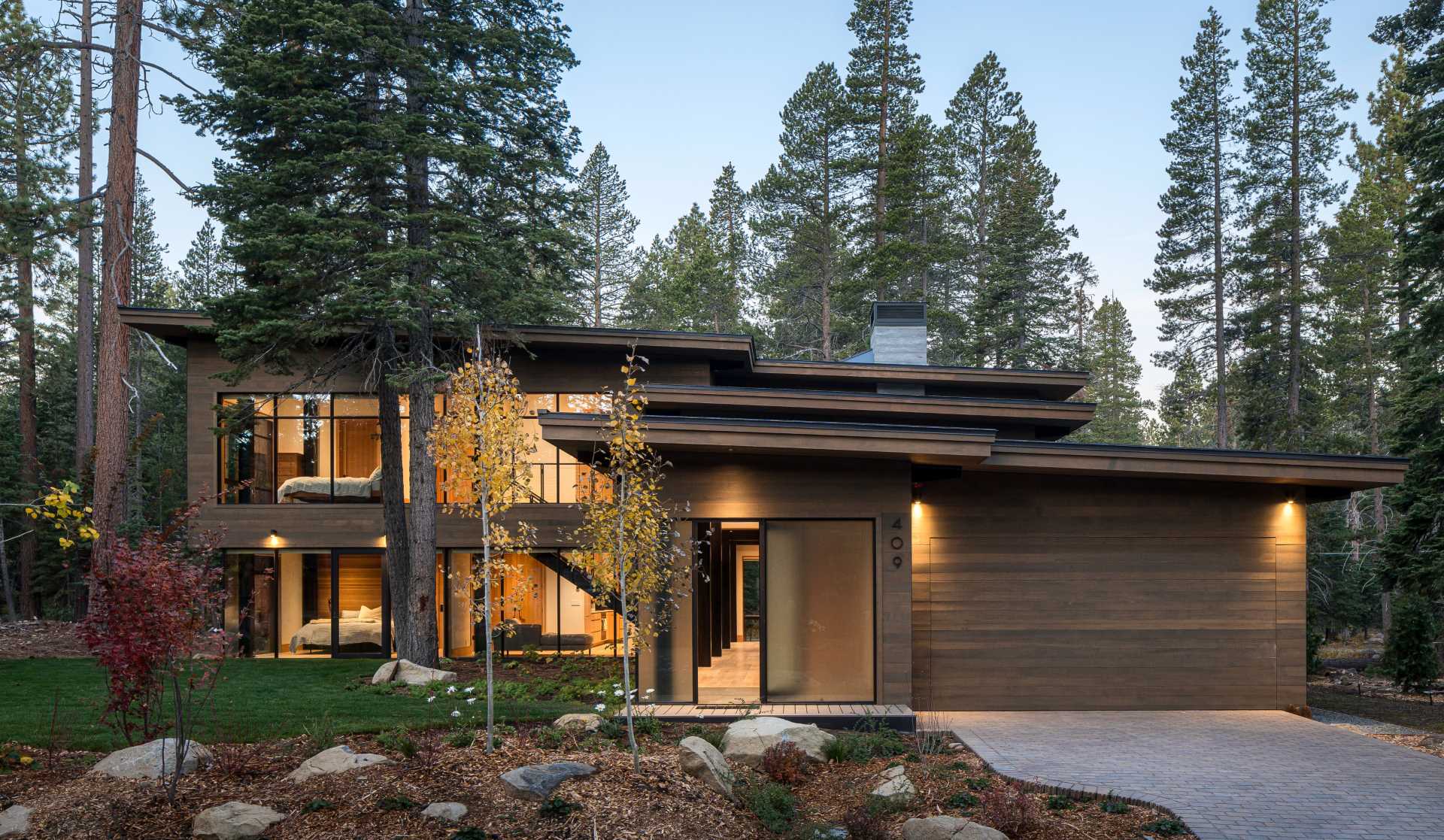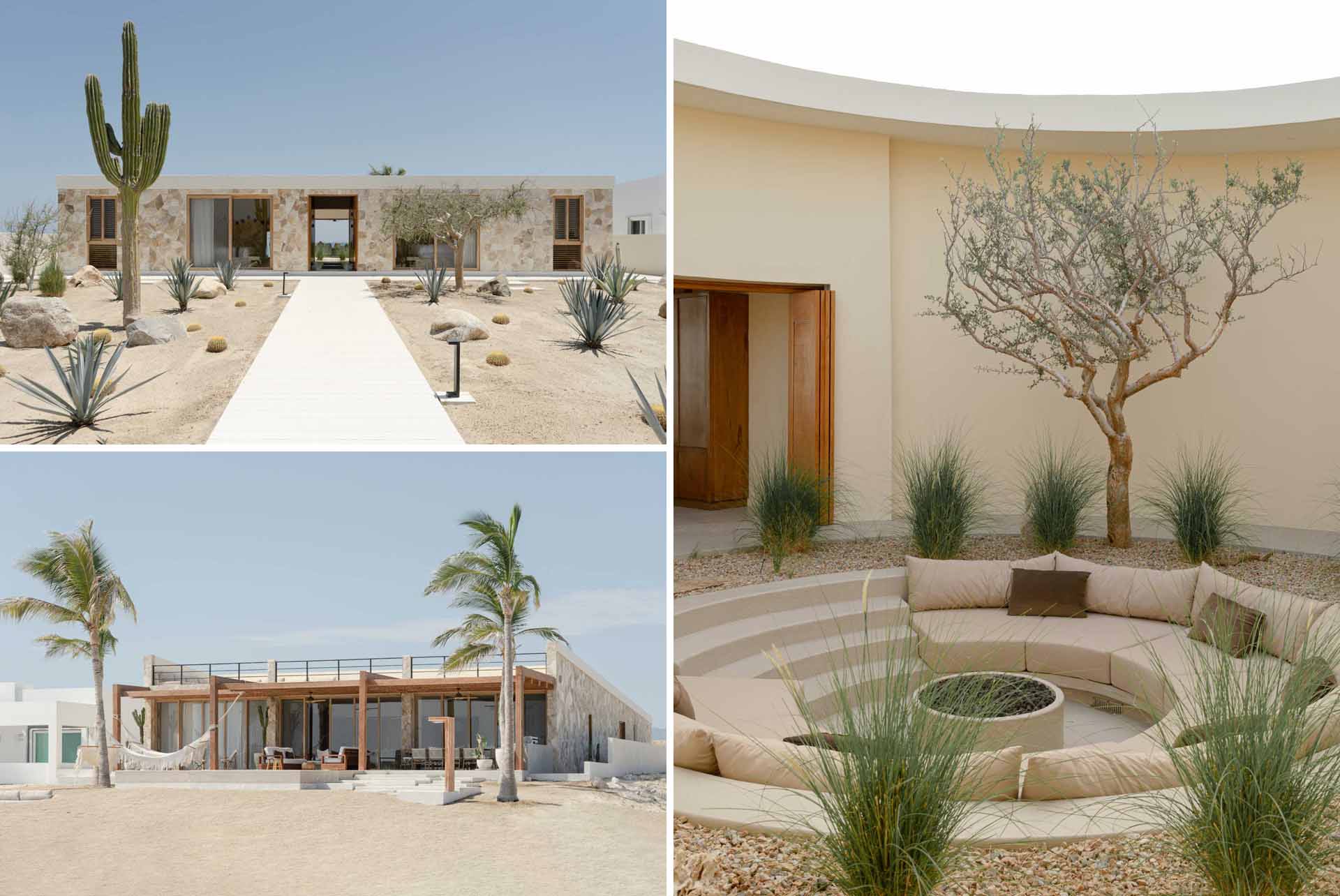Protecting the environment is no longer a distant problem someone else is expected to solve. It has become a common goal for governments, businesses, and individuals alike. As such, it has seeped into every aspect of your day-to-day life, including fashion trends, modern living, and even interior design. The demand for a healthier living environment, reduced carbon footprints, and ethical sourcing of materials is now a defining force shaping the way homes and spaces are created in 2025.
Both consumers and industry professionals are now, more and more, prioritising eco-friendly choices, moving away from wasteful, short-lived trends in favour of long-lasting, responsible design and furniture. At the same time, innovation is accelerating the transition to sustainability, with advancements in recycled materials, energy-efficient technology, and circular design principles transforming how interiors are conceived.
As a result of all of that, sustainability is no longer an afterthought—it is a fundamental aspect of modern design. Here are some key aspects of how we can use sustainability to transform our homes.
Sustainable Materials Lead the Way
Interior design has been completely transformed by the rise of recycled, reclaimed, and biodegradable materials. Conscious designers find abundant inspiration in sustainable options such as bamboo, cork, recycled metal, and eco-friendly textiles to create stylish, functional, and environmentally responsible spaces. The amazing thing is that while these materials hugely reduce waste, they also help us create spaces, pieces and furniture that are energy-efficient. Innovative materials like mycelium-based furniture, made from fungal roots, and bio-glass, an eco-friendly alternative to traditional glass, are transforming the interior design industry as we know it. This cutting-edge progress offers designers a whole new horizon of possibilities for creating beautiful, durable furniture and decor while minimising environmental harm and proving that sustainability and design innovation can go hand in hand.
A Shift Toward Circular Design
The shift toward circular design means living consciously by trying to reshape interior design to prioritise longevity, repairability, and modular furniture. Designers who follow this approach focus their energy on creating pieces that can be easily maintained, updated, or repurposed rather than disposed of. Modular furniture, for example, allows pieces to be reconfigured as the homeowner’s needs change, potentially extending their lifespan for decades.
Another popular way to make more circular choices is to opt for second-hand furniture as a sustainable choice. Vintage pieces can offer you unique, high-quality items, reducing the demand for new products and mass production. There is also a growing culture of upcycling and DIY projects, which play a key role in minimising waste and overconsumption. Such a circular approach is particularly powerful as it fosters creativity and conscious consumption in interior design.
Modern Homes are Smart and Energy Efficient
In the industry, there is a consensus that the future of sustainable interior design lies in innovative lighting systems, energy-efficient appliances, and home automation technologies. These are indispensable in helping homeowners reduce their energy consumption without sacrificing their comfort and convenience. For instance, smart thermostats adjust indoor temperature based on occupancy, ensuring that energy is used only when needed. Similarly, energy-efficient appliances, such as refrigerators, washing machines, and dishwashers, consume less power, helping us cut down on energy bills, saving you money and reducing your carbon footprint.
Beyond technology, solar panels and green roofs are another new popular trend that is currently transforming millions of homes into energy-producing innovative spaces. With solar panels, you can harness the sun’s energy to power your home, while green roofs can provide you with natural insulation and improve air quality in your home.
Biophilic Design and Homes Inspired by Nature
If you still haven’t heard of Biophilic design, you will very soon, as it is gaining significant traction in 2025. What it means is that designers are increasingly integrating and weaving nature into interior spaces to enhance a more sustainable aesthetic appeal and well-being.
The use of indoor plants, living walls, and abundant natural light creates visually calming environments that can keep our stress levels low and calm us naturally after a busy day. It can also improve air quality and promote a connection with the natural world, which for so many of us doesn’t come easily nowadays. The psychological benefits of biophilic design are profound. Research shows that exposure to nature can reduce stress, enhance mood, and boost our productivity. And, of course, choosing to surround ourselves with natural elements helps create sustainable, healthy environments that support mental and physical health.
Modern Design Inspires Conscious Consumerism
Today, minimalism and conscious consumerism are at the forefront of interior design trends as people want to move away from fast furniture and mass-produced items. What is fashionable today is investing in high-quality, timeless pieces that are built to last rather than accumulating disposable, trend-driven items that quickly lose their appeal. This ‘buy less, choose well’ mindset has been very effective in recent years, encouraging individuals to be more thoughtful about the purchases they make for their homes. More and more people are now choosing carefully curated furniture and decor that add lasting value to their spaces. Canvas wall art is a versatile option that can inject personality into your space for years to come. Rather than replacing framed prints or trendy posters that fade over time every year, carefully select a single canvas and observe as it brings timeless style and personality to your space. Embracing minimalism ultimately means embracing simplicity and functionality and choosing to promote sustainability by reducing waste and overconsumption. Essentially, when we prioritise quality, craftsmanship, and durability, we support a cleaner environment and a more mindful approach to decorating.
Embracing a Sustainable Future with Interior Design
Sustainability will continue to gain momentum, and eco-friendly practices are no longer a passing trend. They are a fundamental shift that is reshaping how we approach design from every angle. Functionality, durability, and environmental responsibility have now officially become the top priority of modern designers, and we will continue to see them as an overarching goal in future trends. It’s no longer enough for our homes to just look beautiful. They should also contribute to a healthier planet.
The future of sustainable interiors is looking brighter, offering countless opportunities for creating aesthetically pleasing and environmentally conscious living spaces. Ultimately, sustainability in design is not just a choice—it’s an investment in a better, more sustainable future for both people and the planet.
Take your interiors further—discover how thoughtful design choices can nurture both your home and your wellbeing in our Wellness Design guide.


